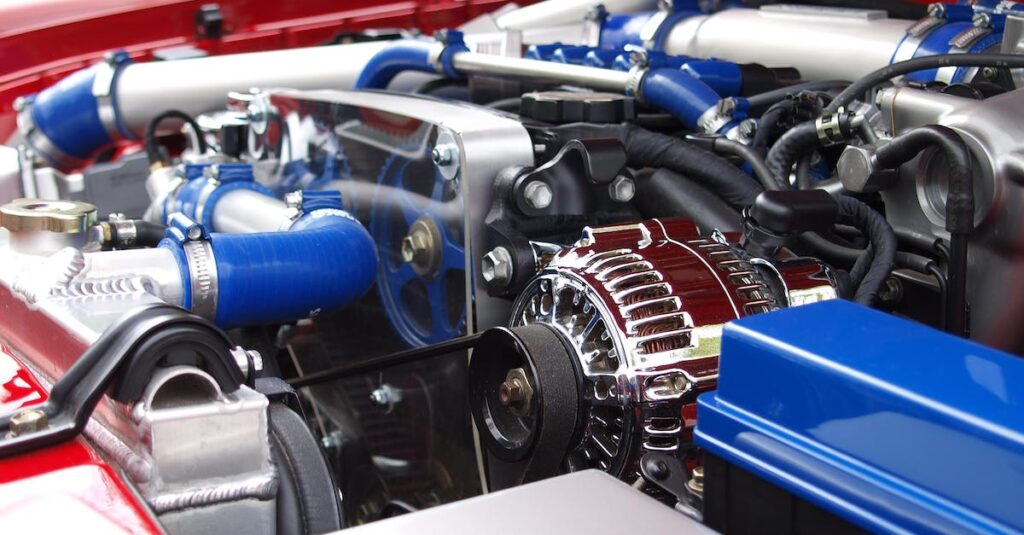Introduction
In today’s world, energy efficiency and sustainability have become key concerns. As a result, there has been a growing interest in finding alternative sources of energy to power various devices and systems. One area where significant progress has been made is in the field of energy harvesting technologies in cars. These technologies aim to harness power from motion, reducing reliance on traditional energy sources and increasing the overall efficiency of vehicles.
What are Energy Harvesting Technologies?
Energy harvesting technologies make use of various mechanisms to capture and convert energy from the environment into usable electrical power. In the context of cars, this means capturing energy from the motion and vibrations generated during everyday driving. The captured energy can then be used to power different systems, reducing the load on the vehicle’s battery and alternator.
Benefits of Energy Harvesting Technologies in Cars
Reduced Fuel Consumption
One of the primary benefits of energy harvesting technologies in cars is the potential for reduced fuel consumption. By harnessing power from the motion of the vehicle, these technologies can generate electricity that can be used to power several auxiliary systems. This reduces the load on the engine, leading to improved fuel efficiency and reduced carbon emissions.
Extended Battery Life
Energy harvesting technologies can also extend the life of a car’s battery. By harnessing and storing energy that would otherwise be wasted, these technologies can supplement the vehicle’s electrical system, reducing the need for frequent charging. This not only improves the overall reliability of the car’s electrical system but also helps to minimize the environmental impact of battery disposal.
Enhanced Safety Features
Another significant advantage of energy harvesting technologies is their potential to enhance safety features in cars. For example, energy captured from the vibrations of the vehicle can be used to power sensors and systems that detect and warn drivers of potential hazards. This can include blind-spot monitoring systems, collision detection systems, and even autonomous driving features.
Integration with Renewable Energy Sources
Energy harvesting technologies can also be integrated with renewable energy sources, such as solar panels. By combining the power generated from motion with renewable energy, cars can become even more sustainable and environmentally friendly. This opens up possibilities for increased range and reduced reliance on traditional energy sources.
Applications of Energy Harvesting Technologies in Cars
The potential applications of energy harvesting technologies in cars are vast. Here are some examples of how these technologies are being utilized:
Regenerative Braking
One of the most well-known applications of energy harvesting technologies is regenerative braking. When a vehicle brakes, the kinetic energy generated is usually wasted as heat. However, with regenerative braking, energy harvesters capture this energy and convert it into electrical power. The power can then be used to recharge the battery or power other systems within the vehicle.
Suspension Energy Harvesting
The suspension system of a car experiences constant vibrations and movements while driving. Energy harvesting technologies can capture and convert these vibrations into electrical power. This power can then be used to generate electricity for various in-car systems, reducing the load on the alternator.
Tire Energy Harvesting
Tires are another potential source of energy in cars. As the vehicle rolls over the surface, the deformation of the tires generates energy. Energy harvesters integrated into the tires can capture this energy and convert it into usable power. The harvested energy can be used to power tire pressure monitoring systems, onboard sensors, or even charge the vehicle’s battery.
Summary
Energy harvesting technologies in cars offer numerous benefits, including reduced fuel consumption, extended battery life, enhanced safety features, and integration with renewable energy sources. With applications such as regenerative braking, suspension energy harvesting, and tire energy harvesting, these technologies are helping to make vehicles more energy-efficient and sustainable. As our world continues to prioritize environmental preservation, the implementation of energy harvesting technologies in cars will undoubtedly play a vital role in shaping the future of transportation.







